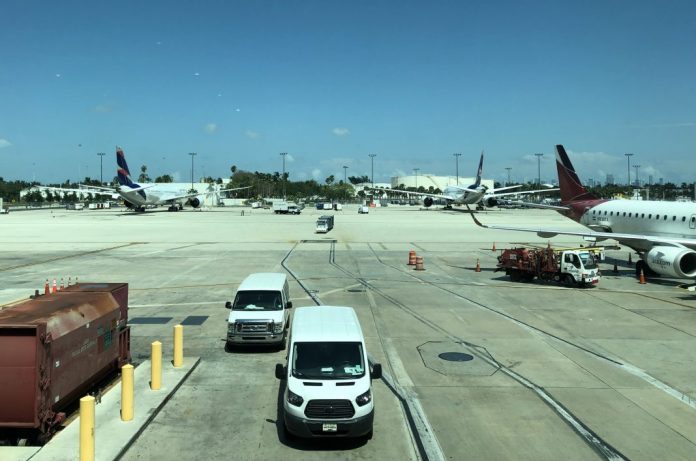New forms of production can contribute to extensive changes in market work.
Just two weeks ago, the Faroese salmon farmer Atli Gregersen issued a clear message: His company, which sells salmon under the Hiddenfjord brand, will stop using air freight to transport fish.
Gregersen addressed an important issue for the salmon farmer: the climate footprint that comes with the salmon being flown to overseas markets.
Malicious
Then, of course, you could argue that the planes carrying salmon in cargo holds would fly anyway, and they have free space. Nevertheless, the argument that salmon in this way goes from being a climate winner to sinner is indisputably harmful to marketing and sales.

Now, of course, it is quite easy for Gregersen and the Hiddenfjord brand to remove air freight salmon from the menu. It is not so much for players such as Mowi, Lerøy, SalMar and AquaChile, who would find it problematic as they have much more fish to place in the market every week.
If they, and many with them, cannot fly salmon to overseas markets, the supply pressure especially on the European market will be so extensive that the entire industry will quickly produce fish far below production costs.
A halt in air freight must be seen in the context of investments in new production capacity in the same overseas markets. A wide range of land-based fish farms are under construction in the United States, Japan, South Korea and China. In China, the production of salmon in offshore rigs has also started. In addition, the country will also soon test the production of salmon aboard tankers on the open sea.
- Read more: China’s upcoming fish farming armada stresses the importance of technology choice and development
Sustainable
For so long, neither the land-based nor ocean-based fish farms in the United States nor the Far East have demonstrated the ability to produce salmon in a profitable manner. It is, of course, a condition for economically sustainable production. Without profitability, the facilities will not be built.

However, for reasoning, let’s say that they actually have the power to produce salmon of the right quality and at a sufficiently low cost. Then Atli Gregersen’s play will resound and challenge the other traditional salmon farmers. Here more salmon farmers, especially smaller players, can score PR points and higher prices. If one supplements this with climate action, such as air taxes, or protectionist measures, such as increased import duties, this will be further penalised.
But who would be the losers in such a scenario?
First and foremost, it would be high-cost salmon farmers, as well as those who depend on being able to fly fish to end customers. In the former catharsis, of course, land-based salmon farmers are located in Europe. In the latter category, in particular, Chile, whose traditional main market is airborne fresh salmon shipped to the United States, but also Australia.
The winners, also this time, will be the ones who can produce quality salmon for the cheapest price.



